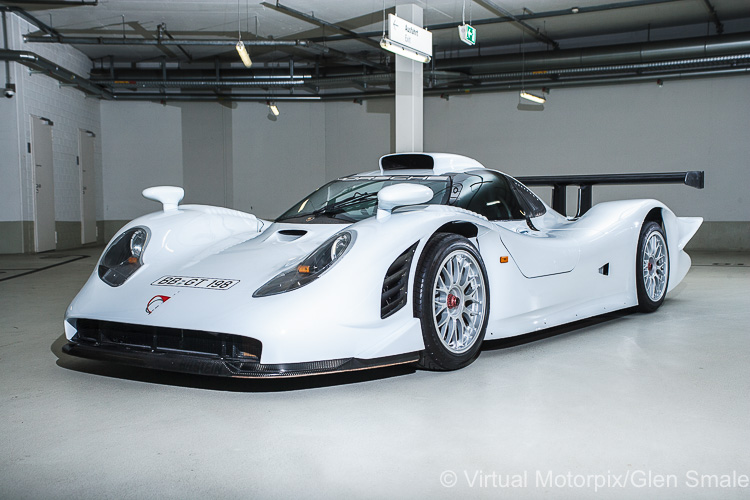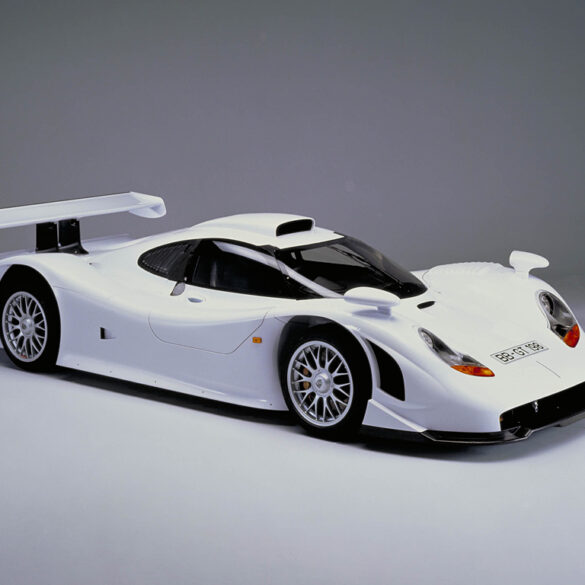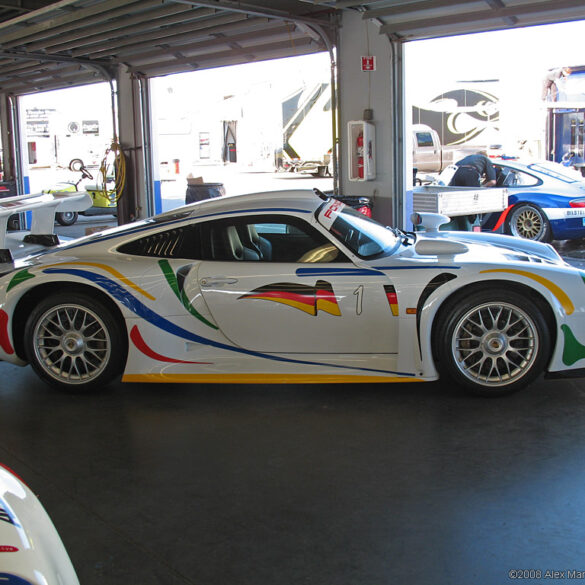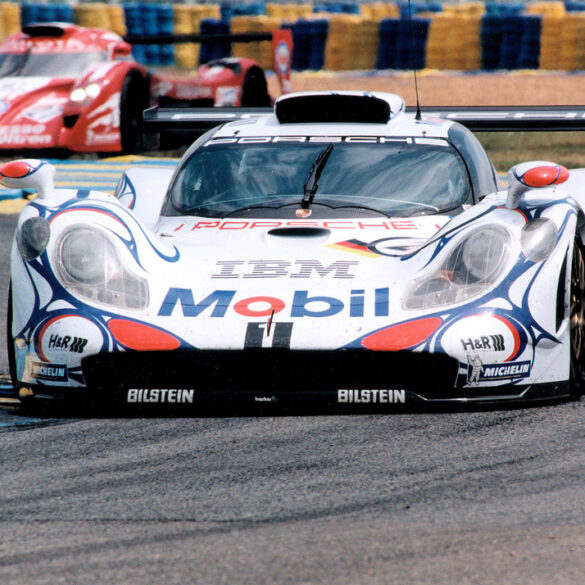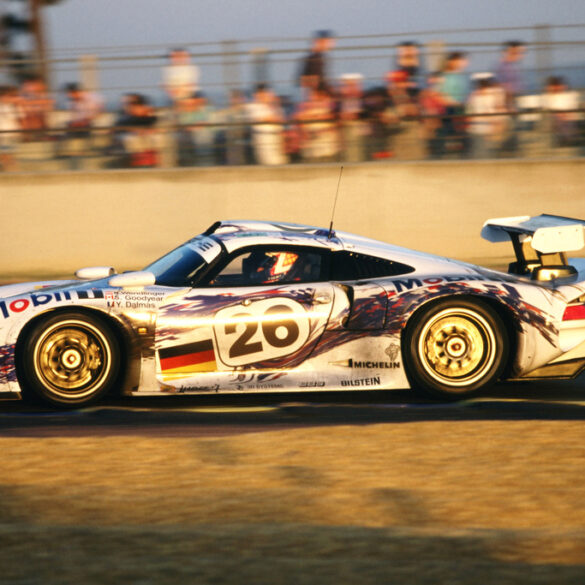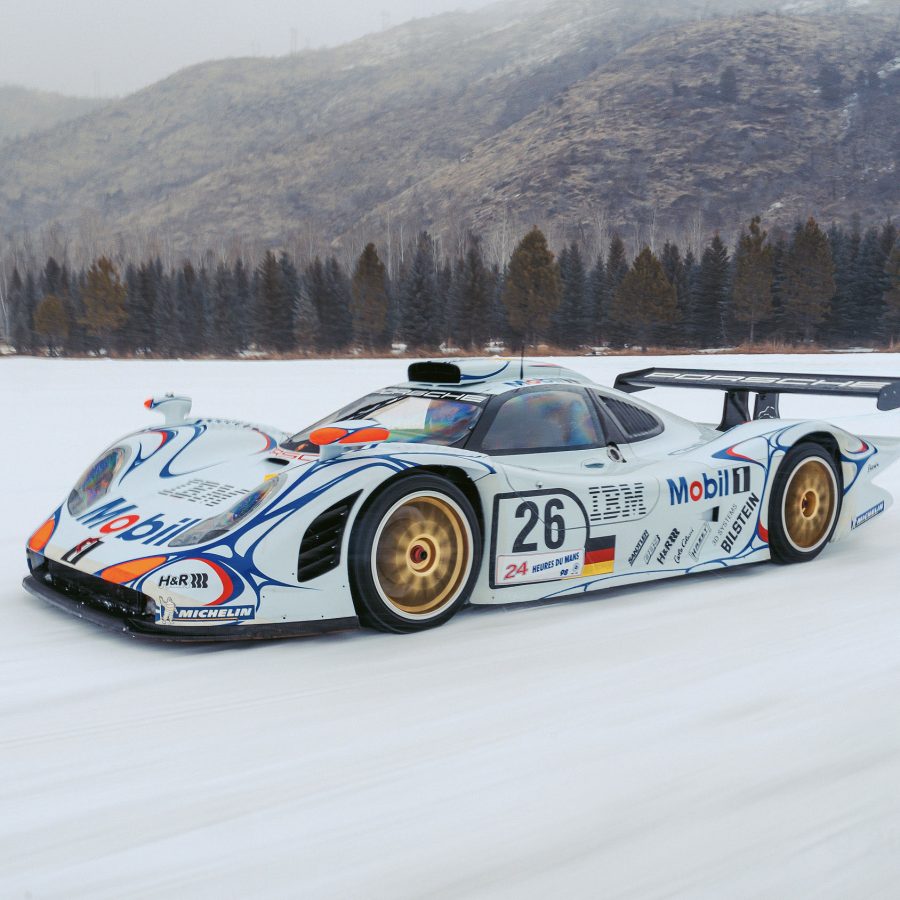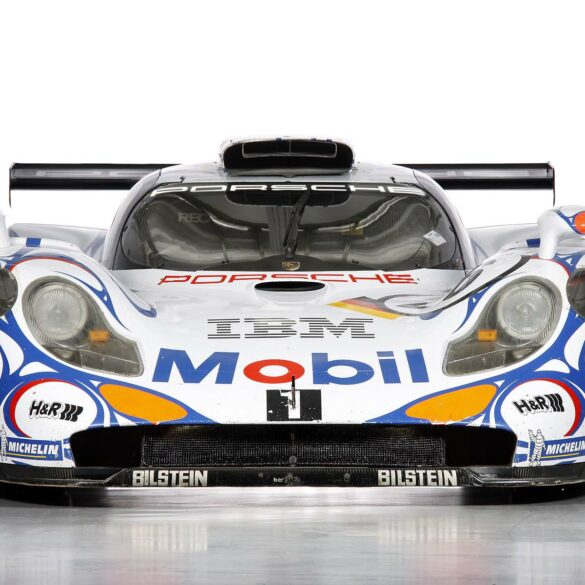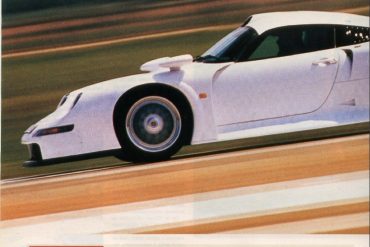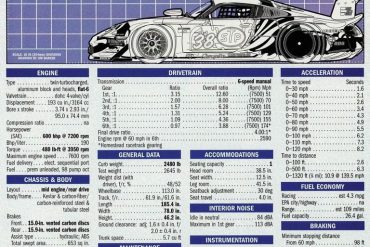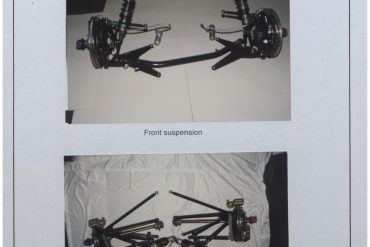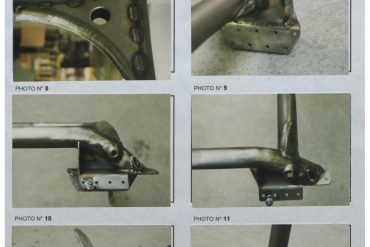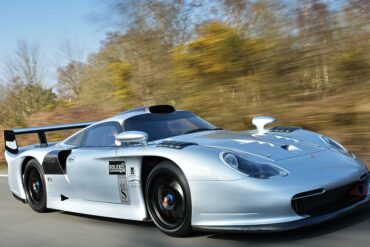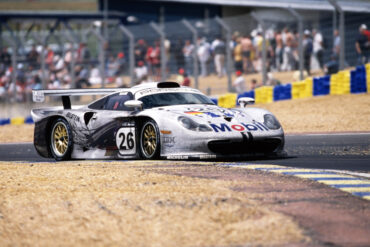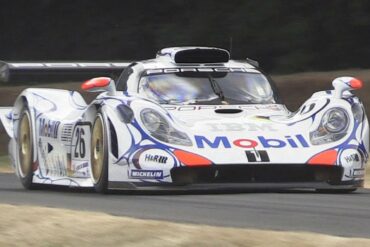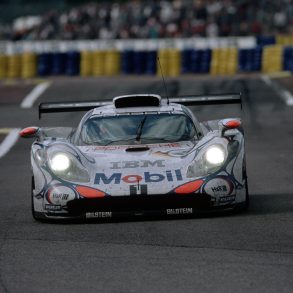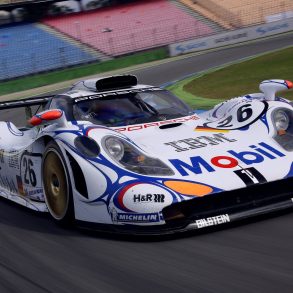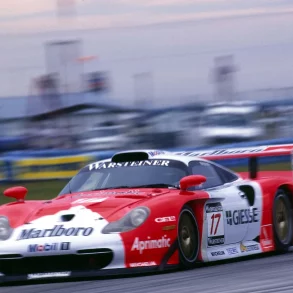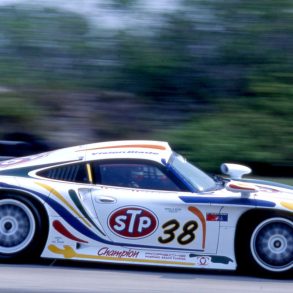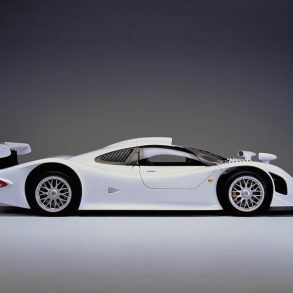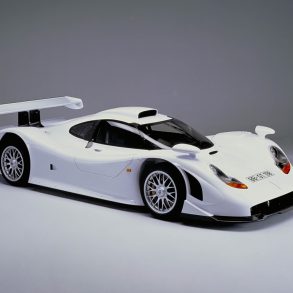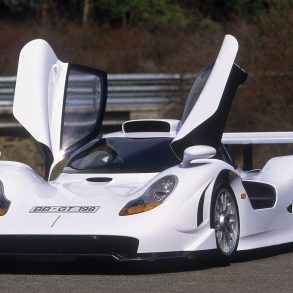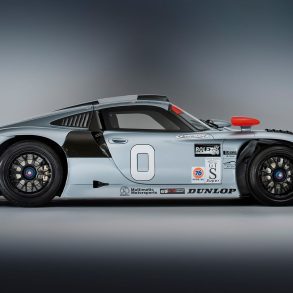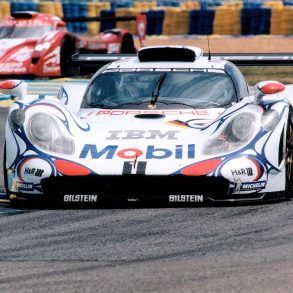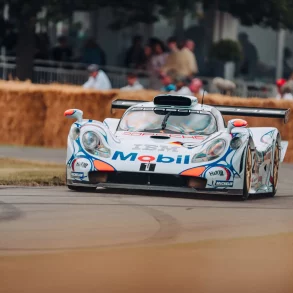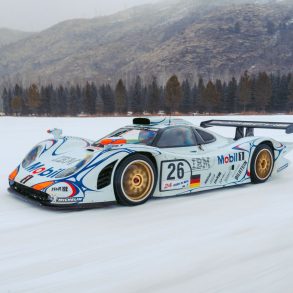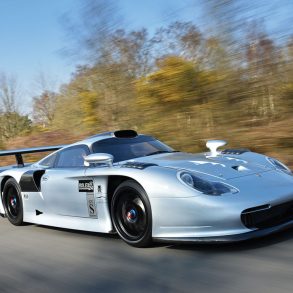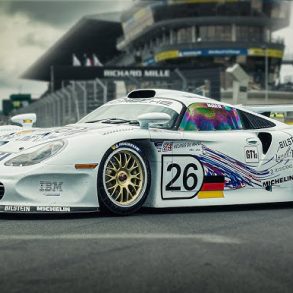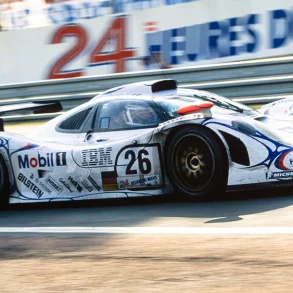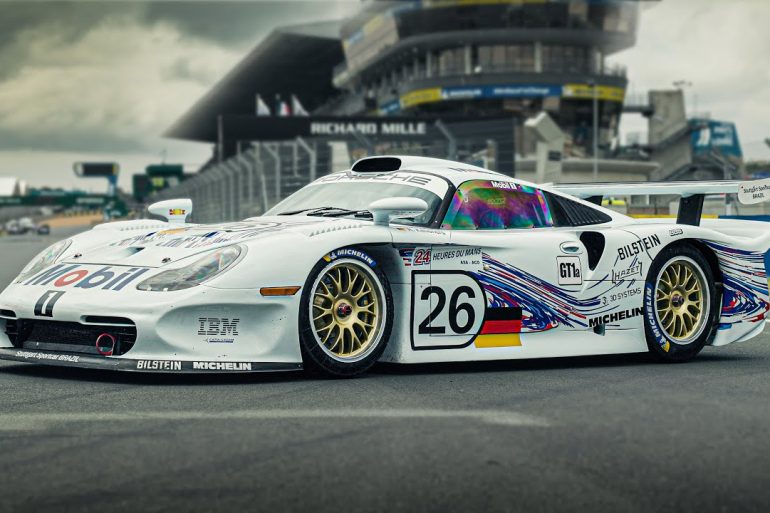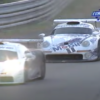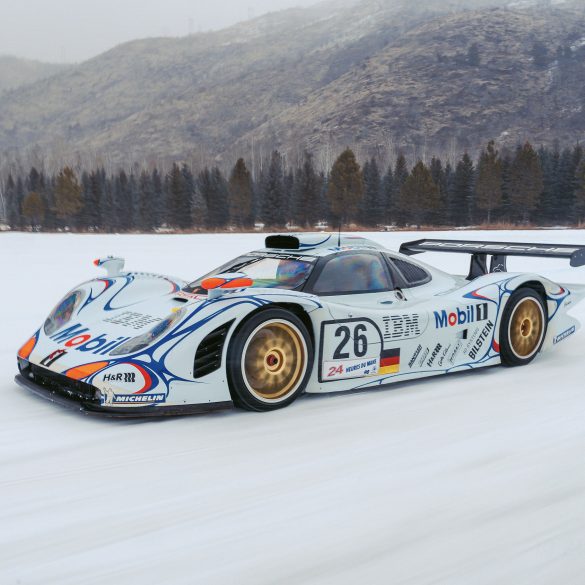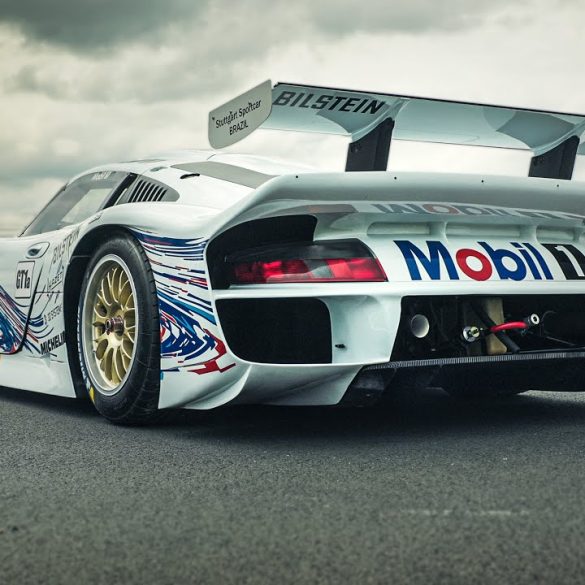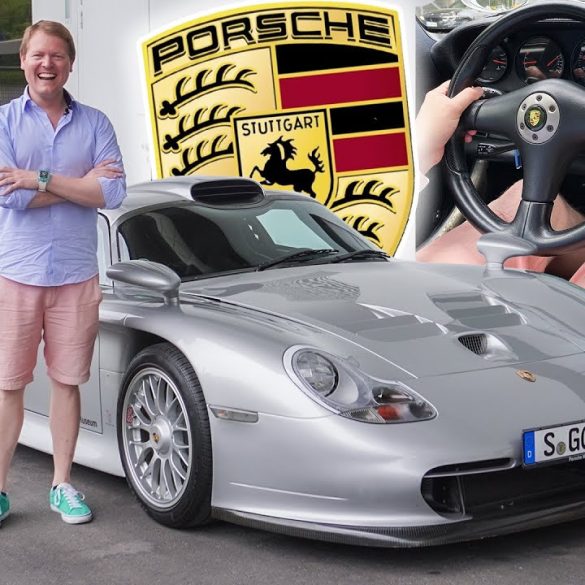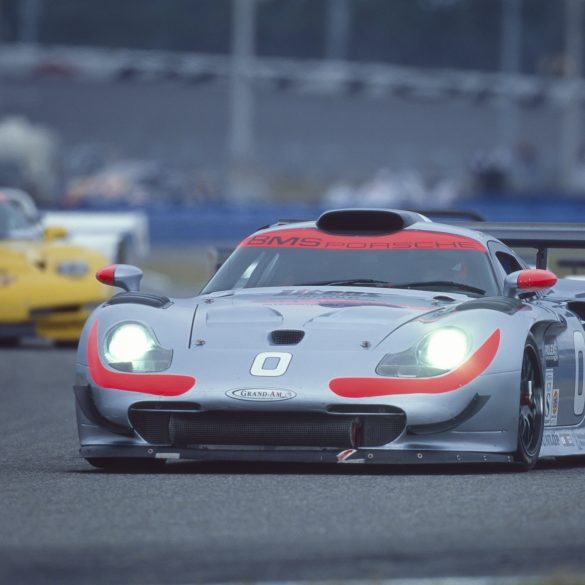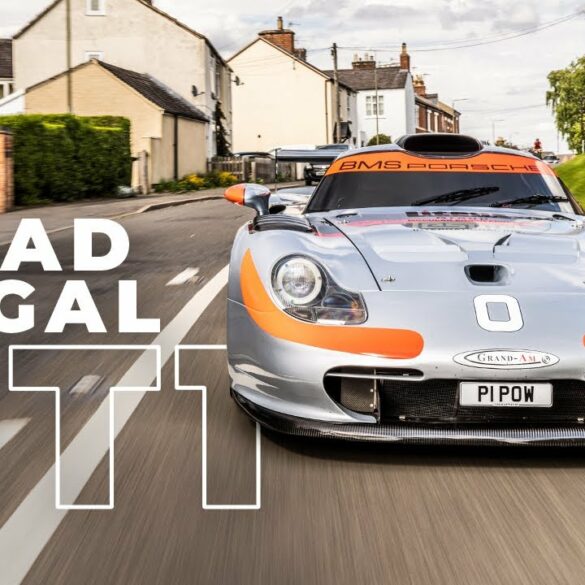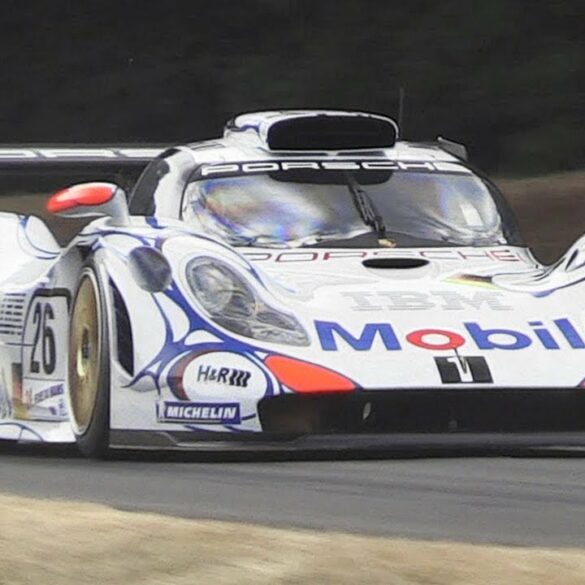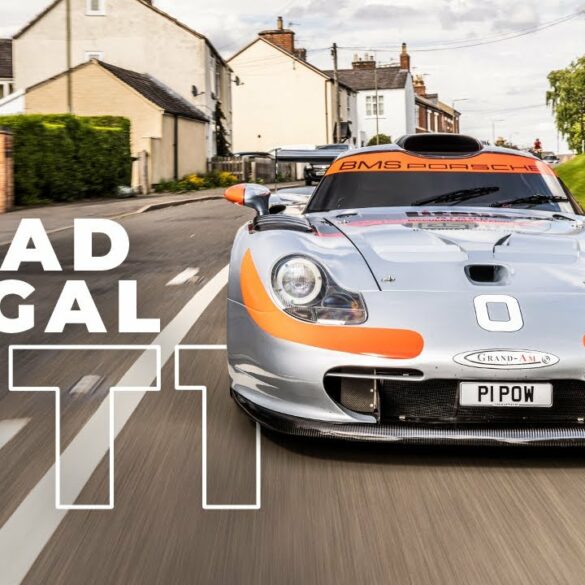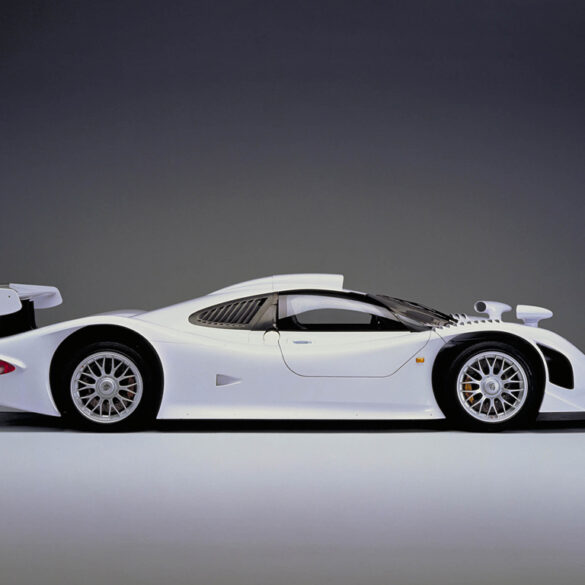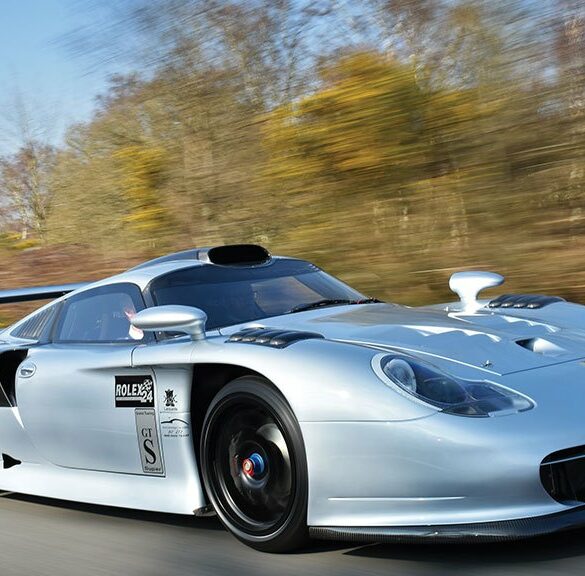Porsche 911 GT1 - The Ultimate Guide
Race-derived, Road-legal, Legendary Supercar!
The GT1 911 Story / GT1 Model Guides / GT1 Data & Research / Pictures & Videos / News & Updates
Porsche 911 GT1 Basics
Manufacturer: Porsche AG
Years: 1996 - 1998
Production: ~ 40 units (race and street)
Chassis: Steel tube frame
Suspension (front): Double wishbone, adjustable dampers
Suspension (rear): Double wishbone with push rod suspension, adjustable dampers
Engine: 3.2 L water-cooled, flat-6, twin-turbo
Layout: Mid-engine, Rear-Wheel Drive
Transmission: 6-speed sequential manual
The post-962 era for Porsche racing was a somewhat weird and tumultuous time. Sanctioning bodies and rules were in flux in both prototype and GT racing. Porsche’s response was to move away from prototypes back toward production-based racing models. Into the GT-sanctioning breach came a group that included Porsche’s own Jürgen Barth, the “B” in the BPR Global GT Series, together with Patrick Peter and Stephane Ratel.
The initial rules package was considered loose, and McLaren was the first to take advantage of the situation. Their BMW-powered F1 GTR was unbeatable, and it won the 1995 running of Le Mans. That sent Porsche’s famed Norbert Singer and his experienced engineering squad to the drawing boards. Singer had concise orders: build as fast as possible a car that retains the 911’s soul. While most manufacturers built a road car and then invested to turn it into the track-only cars, Porsche went straight for the race prototype first and production car second. Singer basically took the front end of the 911 993 and mounted it to the rear end of the 962. The whole build was held together by a tubular frame that allowed both mid- and rear-engine positioning. The engine was a 3.2-liter, water-cooled flat-six making around 600 hp, thanks to two KKK turbochargers nicely jammed under the carbon fiber body. Weight came in at 1,050 kilos, which allowed Porsche to fit the 911 GT1 with a larger air intake and bump the horsepower.
The 911 GT1 made its debut in 1996 at the Le Mans 24 Hour Race. It placed 2nd and 3rd at Le Mans in 1996 — and won the GT1 class, just one lap down to the winning prototype TWR/Porsche. The GT1 also went on to win the last three BPR Global GT races of the season.
The FIA returned to sanctioning GT racing for 1997. Peter and Ratel parted ways with BPR, creating separate smaller national series. Unfortunately, the FIA looked at the Porsche GT1’s performance at Le Mans and those last three BBR races in 1996 and put induction restrictors on the car. FIA also had firmer homologation rules than BPR. No longer would a manufacturer’s promise to build 20 road cars “sooner or later” suffice. At the same time, a new rival was shaping on the horizon: the Mercedes-Benz CLK GTR. In response, Porsche came up with an improved version of the 911 GT1, which added the Evolution suffix.
Visual changes included 911 996-style headlights while other tweaks resumed to better aerodynamics and retuned suspension. 1997 didn’t bring the victory for the 911 GT1. Mercedes/AMG and McLaren/BMW dominated GT racing in 1997, although that same Joest-owned TRW-Porsche again won Le Mans as a prototype. At the Sarthe, the updated 1997 Porsche GT1 Evolution finished 3rd and 4th in GT1 (5th and 8th overall) behind McLaren F1s in 1st and 2nd (3rd and 4th overall). What 1997 brought, however, was the 911 GT1 Straßenversion (or Strassenversion, literally ‘street version’ in German).
Porsche kept the project’s heart pumping and made massive changes for 1999. Singer and his staff redesigned the GT1. They changed from steel to carbon fiber for the monocoque tub (the body panels were always carbon fiber), reworked the dimensions so they could move the gas tank from the front trunk to the rear bulkhead just ahead of the engine, and they tweaked the suspension and the aerodynamics. Although the Mercedes CLK/GTRs won literally every race in the 1998 FIA GT1 Series, Porsche’s 1st and 2nd overall finishes at Le Mans. The 1998 Strassenversion was a toned down version of the race-ready GT1 as Porsche upped the ground clearance, softened the suspension, slightly detuned engine and gave the car a more friendly interior. Even so, the street version of the GT1 911 was still capable of doing 193 mph and reach 60 mph from a standstill in just 3.7 seconds.
Data, Specs, Documents, Research, Drawings, Sales Brochures & Much More More.
Dive into The Porsche 911 GT1 Treasure Trove, a comprehensive archive packed with detailed specifications, production data, factory documents, engineering drawings, sales brochures, research materials, and much more, offering an in-depth look at this iconic hybrid Porsche.
Porsche 911 GT1 Pictures, Galleries & Wallpapers
Explore the Porsche 911 GT1 through our curated galleries and high-resolution wallpapers. From its motorsport roots to its road-going rarity, immerse yourself in visual stories of this legendary supercar.
Porsche 911 GT1 Videos & Action
Experience the Porsche 911 GT1 in these engaging and fun fast videos. Experience the Porsche 911 GT1 racing from the late 1990s, to street driving of this rare supercar and see it compared to its peers like the F1 and CLK-GTR.
Join Our Porsche Community
Sign up for our weekly Porsche newsletter. The latest Porsche news, rumors, reviews and more delivered to your inbox. Cool Porsche stuff perfect for the flat-six obsessed.


